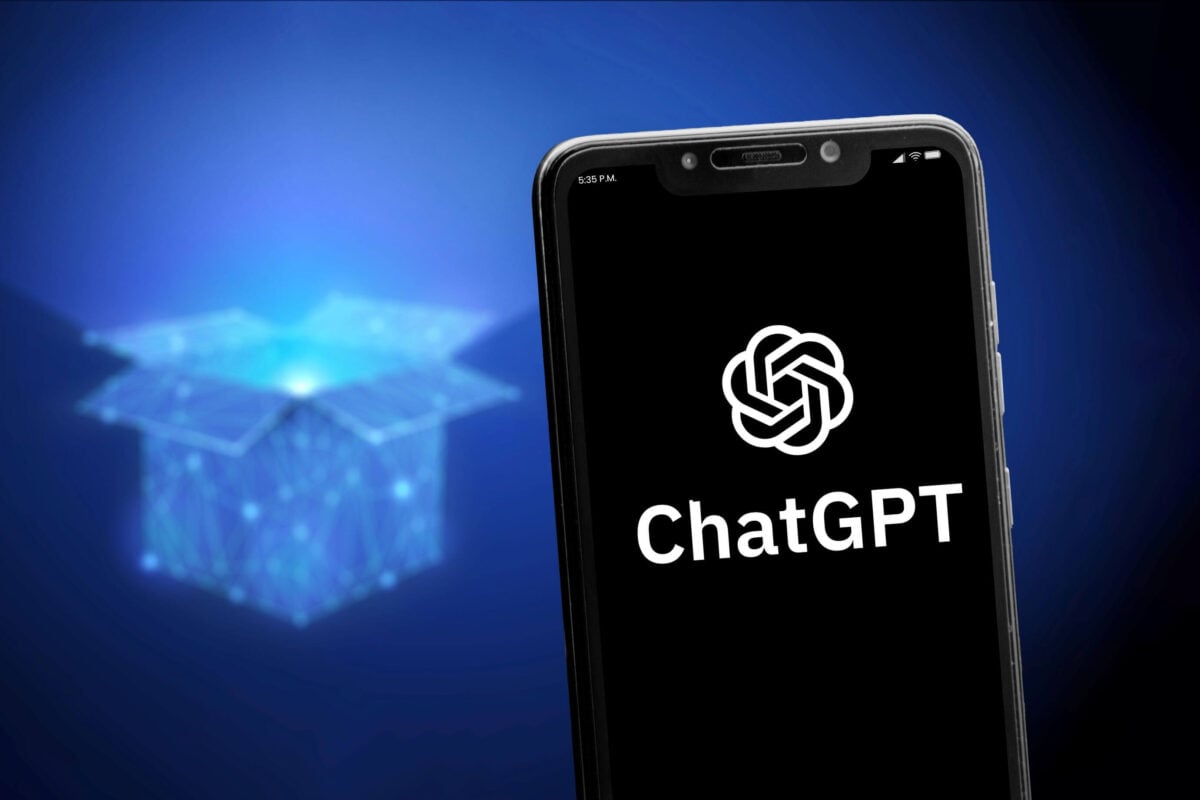TLDR
- OpenAI launches GPT-5 with auto-switching system that eliminates model picker for most users
- Four new ChatGPT personalities available: Cynic, Robot, Listener, and Nerd
- Enhanced coding capabilities allow users to create interactive apps through simple prompts
- Advanced voice mode gets improvements with better instruction understanding and custom GPT support
- Gmail and Google Calendar integration coming to Pro users next week with automatic data pulling
OpenAI has launched GPT-5 along with several major updates to ChatGPT that change how users interact with the AI chatbot. The new model introduces personality options, enhanced coding features, and better integration with Google services.
The most visible change removes the model picker that previously allowed users to choose between different AI models. GPT-5 now runs as the default model with an auto-switching system that combines previous models into what OpenAI calls a faster and smarter experience. ChatGPT Plus, Pro, and Team subscribers can still access a model picker to switch between GPT-5 and GPT-5 Thinking, while Pro and Team users get additional access to GPT-Thinking Pro.

OpenAI has retired several older models including GPT-4o, GPT-4.1, and GPT-4.5 as part of this transition. The company claims GPT-5 delivers fewer hallucinations and improved accuracy compared to previous versions. Free users now gain access to advanced reasoning capabilities that were previously limited to paid tiers.
New Personality System
ChatGPT now offers four preset personalities that users can select for different conversation styles. The Cynic personality provides sarcastic and direct responses with wit. Robot delivers precise, emotionless answers without extra words. Listener offers warm, reflective responses with calm clarity. Nerd provides playful explanations while celebrating knowledge and discovery.
These personalities operate on a chat-by-chat basis and can be adjusted in ChatGPT settings. Users can switch back to the default style at any time. OpenAI designed these personalities to address sycophancy issues present in GPT-4o.
The company has also introduced visual customization options for the ChatGPT interface. Users can now set accent colors that change the appearance of conversation bubbles, voice buttons, and highlighted text through the settings menu on web and mobile versions.
Enhanced Coding and Voice Features
GPT-5 includes improved “vibe coding” capabilities that allow users to generate code and create interactive applications using natural language prompts. The system can build websites and apps based on detailed descriptions, with users able to preview and interact with results through Canvas. OpenAI demonstrated this feature by creating a French language-learning website during a livestream presentation.

Advanced voice mode receives updates that help it better understand instructions and adapt speaking styles. The feature now works with custom GPTs, addressing a previous limitation. OpenAI is retiring standard voice mode while offering near-unlimited advanced voice mode usage for paid subscribers and expanded hours for free users.
Voice mode improvements include better instruction comprehension and the ability to tailor responses based on context. All users including free tier subscribers will have access to the enhanced voice capabilities, though usage limits apply to non-paying users.
Google Integration and Additional Models
Pro users will gain Gmail and Google Calendar integration starting next week, with other subscription tiers receiving access later. This feature allows ChatGPT to automatically reference email and calendar information when planning schedules or organizing tasks. The system will ask users to connect accounts when relevant prompts are entered, such as schedule planning requests.

OpenAI is also introducing GPT-5 Mini and GPT-5 Nano models designed for cost-effective development use. These smaller models activate automatically when users reach GPT-5 usage limits. The company states these models remain highly capable and often outperform GPT-o3 in various tasks.
The new GPT-5 system integrates reasoning models that can conduct multi-part searches and synthesize large amounts of data. OpenAI CEO Sam Altman claims the system can perform research at a PhD level, though the company has not provided independent verification of this capability.
GPT-5 maintains a 256,000-token context window, which is smaller than GPT-4.1’s one-million-token capacity. OpenAI will continue supporting GPT-4.1 for users who need to process larger amounts of information simultaneously.






